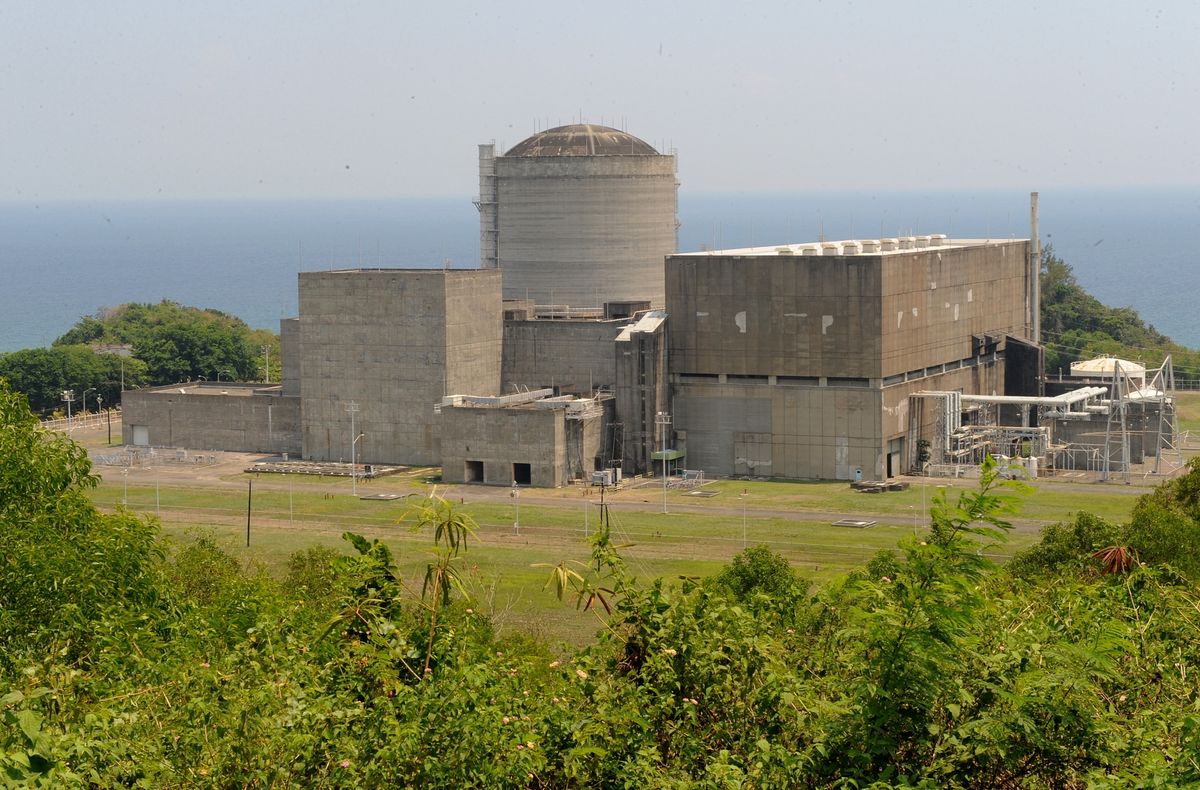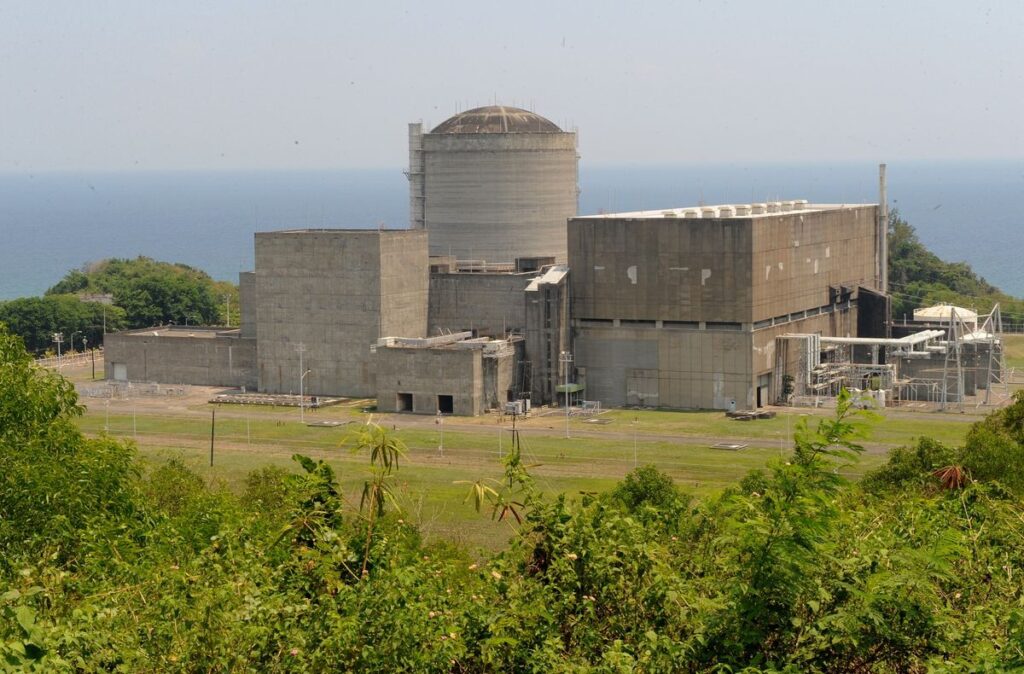IT’S probably useless to argue about politics. People support the candidates they like because they like those candidates. That’s it. They will then cite “facts” and “data” to bolster their political preferences. “Even on purely factual questions with clear right answers, citizens are sometimes willing to believe the opposite if it makes them feel better about their partisanship and vote choices,” wrote Christopher H. Achen and Larry M. Bartels in their magisterial book, “Democracy for Realists: Why Elections Do Not Produce Responsive Government.” (2016, Princeton University Press)
Or as Daniel Krauthammer would put it, “We adopt our side’s conclusions first and then retrofit our arguments — looking selectively for supporting evidence to justify our positions.”
History and politics have fascinated me since I was six years old. I was 10 when I attended my first (opposition) political rally. I’ve been reading, observing, thinking and writing about politics for over a quarter of a century now, and I’ve eventually realized that most political debates are like listening to a New Yorker and a Bostonian arguing — at a bar — which is the better baseball team, the Yankees or the Red Sox.
To be sure, there are some political facts that are actually, well, factual: Nazism, for example, is evil; ditto Communism. And yet there are still some people, in this day and age, who believe that “real” Nazism or Communism “has not been tried.”
In the Philippines, like many countries that were ruled by dictators, many folks are nostalgic for their former dictator’s regime. Today, not a lot of people in the P.I. seem to remember that those who experienced life under the dictatorship revolted and dismantled it.
Says George F. Will: “Politics — unlike, say, engineering; get things wrong and the bridges buckle — thrives on unrefuted errors.”
And selective amnesia. Or willful ignorance.
Based on the latest reputable poll surveys in Manila, Ferdinand “Bongbong” Marcos Jr., the 64-year-old son and namesake of the late former dictator, is the candidate to beat in the May presidential election. Thirty-six years after a military-backed popular uprising ousted Marcos Sr. and sent him and his family to a very comfortable exile at their multimillion-dollar Makiki Heights estate in Hawaii, Marcos Jr. is now on the verge of reclaiming the throne.
Bongbong, or BBM, has “captured the imagination of voters,” according to one of his admirers, a highly intelligent, well-credentialed political pundit in Manila.
As I’ve said before, there may be several (subjective) reasons to support BBM’s candidacy. (“He seems like a nice guy.” “Good looking family.” “I’m from the Ilocos region like his father.” “I like his mother, the former first lady; I’m from her province.” “I like BBM’s campaign ads.”)
But no, you can’t say you’ll vote for BBM because his father was a great president. He wasn’t. His 20-year presidency was a disaster. And that’s according to official figures, statistics, data, etc.
His record, moreover, included the Bataan nuclear power plant, to cite just one indisputable example of how truly bad Marcos Sr. was as president.
In his 1991 encyclopedic book, “Some Are Smarter Than Others,” scholar and researcher Ricardo Manapat noted that the nuclear power plant in Bataan was “the most costly single venture in Philippine history.” It involved Westinghouse. “After more than ten years of work on the project and continually escalating costs,” Manapat wrote, “the plant had not yet functioned by the time Marcos was ousted from power. The magnitude of the costs, the secrecy and haste with which the contract was awarded, the personalities and institutions involved, all point to the inescapable conclusion of corruption of the highest order. The project has been described as a ‘gigantic swindle’ where [presidential crony/businessman Herminio] Disini and Marcos [Sr.] received multimillions in commissions from Westinghouse.” The New York Times later reported that Marcos Sr. received $30 million for approving the $2.3 billion project.
At the time, Manapat said, a Marcos “government official complained in a memorandum that the government was being offered ‘one reactor for the price of two.’ ”
Worse, Manapat added, the safety of the plant was not considered a major factor by the Marcos government. “Later studies by the Union of Concerned Scientists (Philippines) discovered that the reactor was plagued with more than 200 design defects. Robert Pollard of the Union of Concerned Scientists (Washington) visited the plant and concluded that the plant could not be licensed in the U.S., prompting him to write to Marcos, warning him that the ‘design defects and omissions render the plant too dangerous to begin operation.’ Individuals from the White House Council on Environmental Quality and the [U.S. Nuclear Regulatory Commission] also privately raised questions on the safety of the plant.”
The location itself was ill-chosen, Manapat said. “Within a 100-mile radius of the reactor are five volcanoes, four of them active, with the nearest one merely ten miles away. It was also within 25 miles of three geologic faults.”
In June 1985, thousands of protesters gathered in Bataan to launch a three-day “people’s strike” against the defective, overpriced nuclear power plant. It was one of the largest public demonstrations against Marcos Sr. The Filipino people were no longer afraid of the dictatorship and its military. Several months later, they would end the Marcos regime.
In June 2007, Agence France-Presse reported that the Philippine government — i.e., Filipino taxpayers — had “finally paid off the Bataan nuclear power plant almost 32 years after work began on what became the country’s biggest white elephant that never produced a single watt of electricity….”
Marcos again? Go Red Sox!
Send feedback to editor@mvariety.com











